.
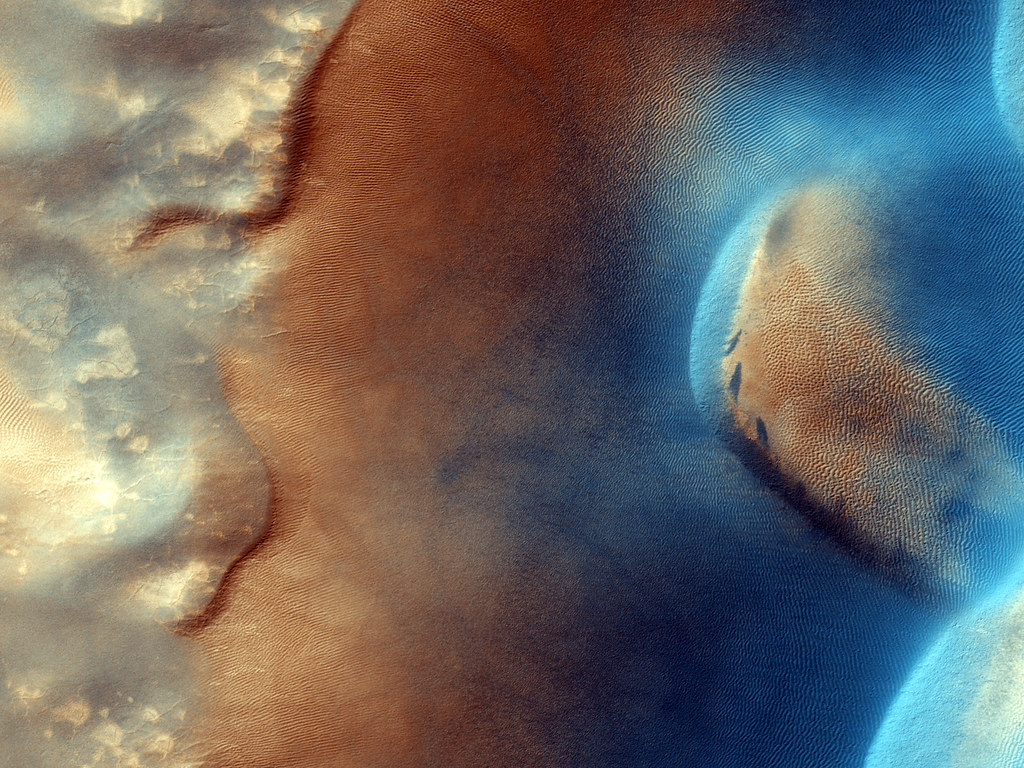
Dust devil lines in the sands of Mars, as seen by Mars High Resolution Imaging Experiment at Active Curve Gully: photo by NASA Marshall Space Center, 12 July 2012
That hugest of clumps of soil loads me with a body, has me toiling through life, eases me with old age, rests me with death; therefore that I find it good to live is the very reason why I find it good to die.
-- Angus Graham: Chuang-tzu: The Inner Chapters, 1981
to feel
the swirl
Here, there, everywhere
Life in the lithosphere
Dust devil days
at the derelict oasis
Wind kicks up
at the derelict oasis
Wind kicks up
A blur off in the distance
animationimperfect
resolutionvagrant
animationimperfect
resolutionvagrant
wanderinglate
who? awaits what outcome?
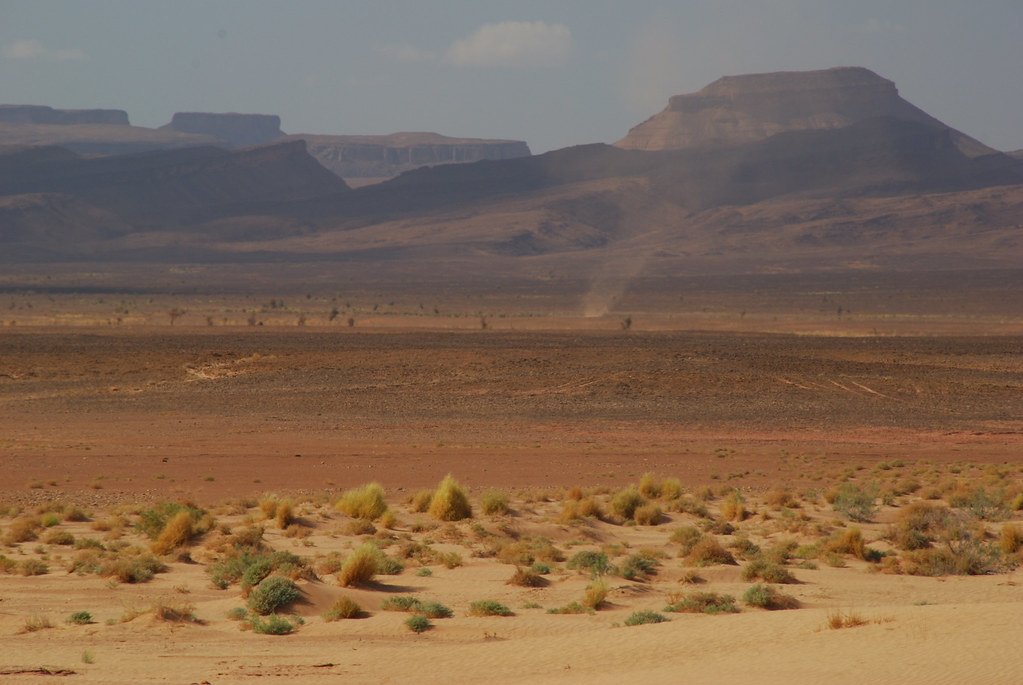
Dust devil on the northern edge of the Sahara, Ouarzazate, Morocco: photo by Lee Smethurst, 18 April 2007
![]()
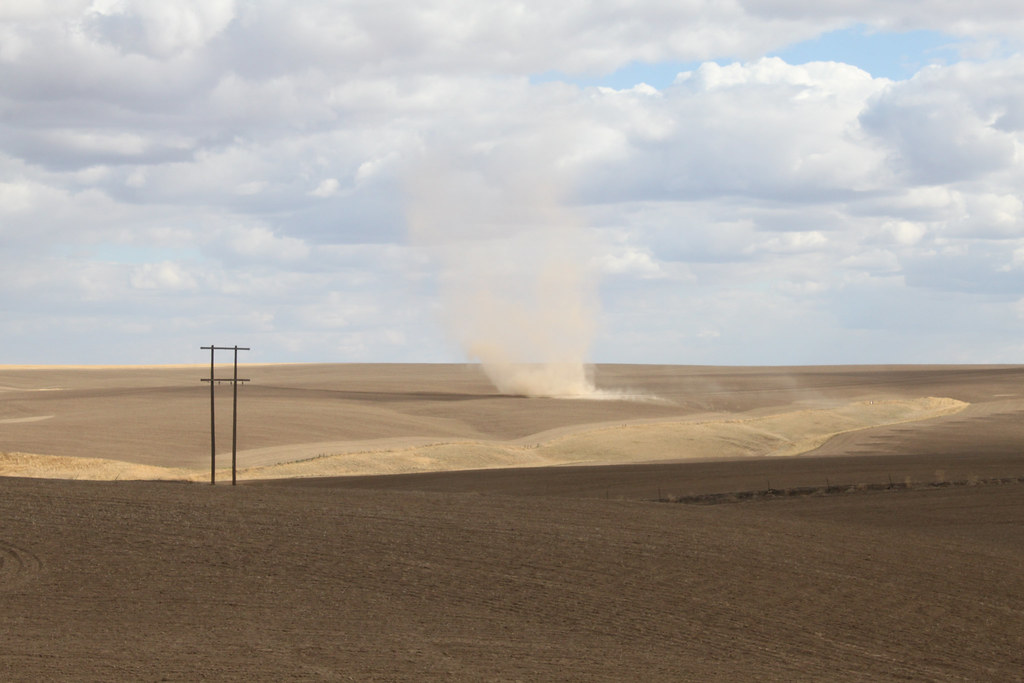
Dust Devil, Western Plains. This is straight out of the camera. In this area you can usually look along the horizon and see dust devils at any given time, but this one was close enough to photograph, and was huge!: photo by Jenn Harrington (retroimage), 5 September 2010

A dust devil approaching fast on the road to Casa Grande, Arizona: photo by Hoksilata Witko, 16 March 2008
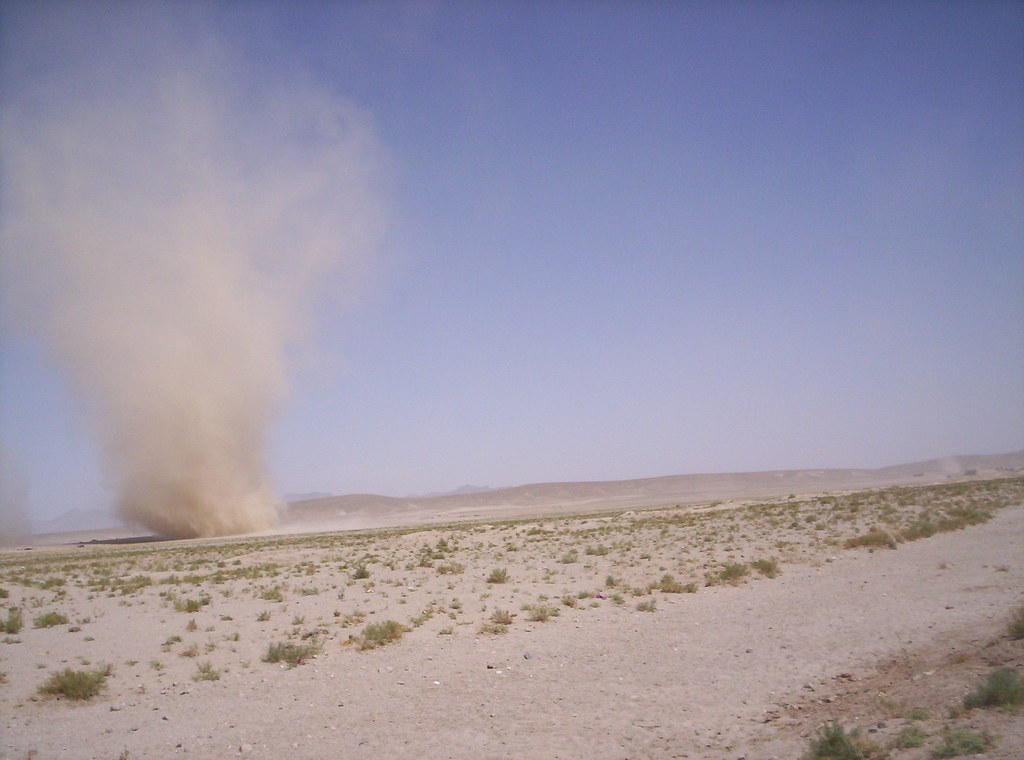
Dust Devil, Afghanistan: photo by Michael Smith (rybolov), 12 August 2004
![]()

Dust devils. Originally one large vortex this dust devil separated into two versions, both made of reddish dirt from the fields north of Bingham, New Mexico. About 35 degrees centigrade, 95 degrees fahrenheit: photo by zf9045103, 20 July 2012
![]()

Dust devil at Mt. Kilimanjaro, Amboseli National Park, Ol Tukai, Rift Valley, Kenya: photo by Seskahound, 12 July 2011
![]()

Dust devils, Utah. I have never seen so many dust devils whirling about... they almost seemed to dance: photo by .anderson, 29 May 2010
![]()
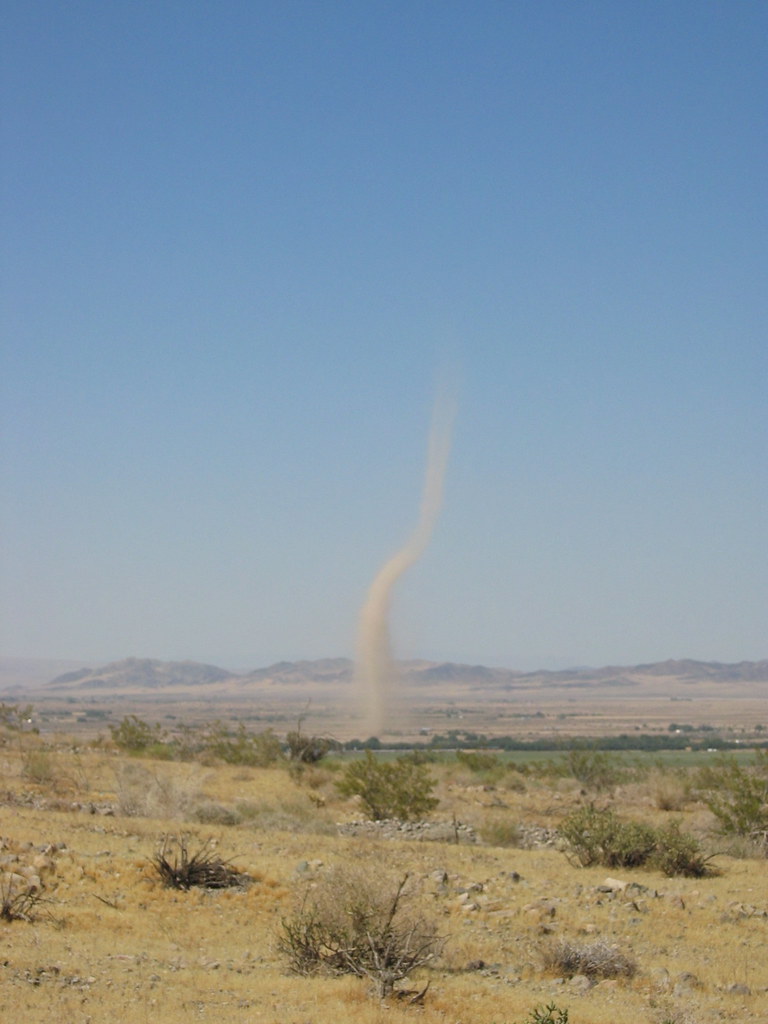
The interface between the lithosphere and the atmosphere -- a dust devil in the Mojave Desert: photo by thomasina, 24 May 2004
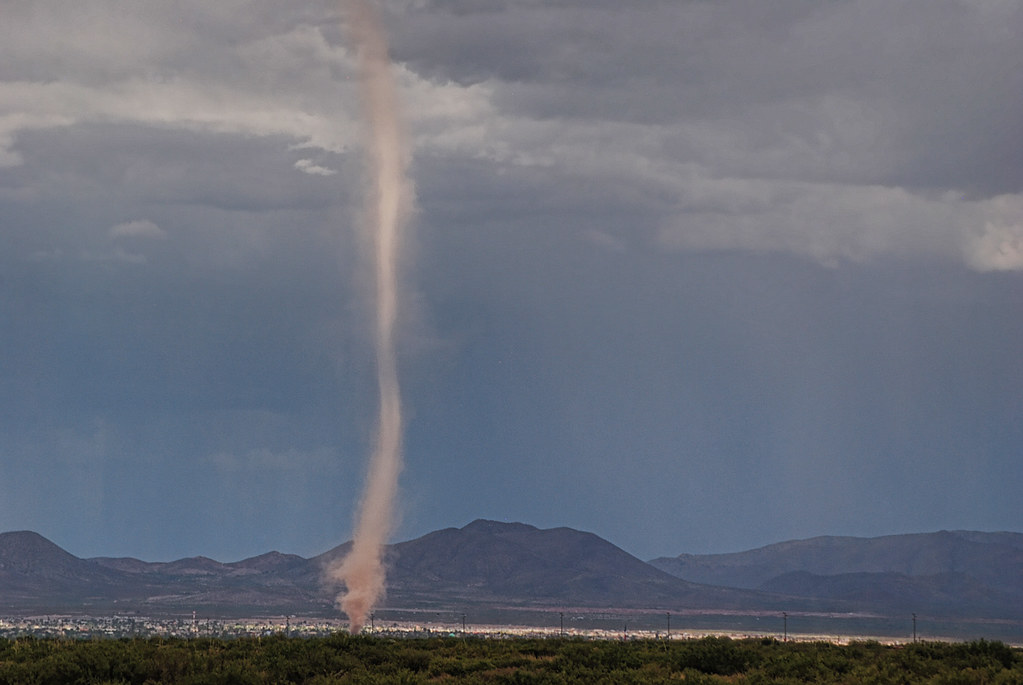
Extreme Dust Devil, Douglas, Arizona. This beast lasted at least 5 minutes: photo by Paul Maguire (The Eye of the Storm Photography), 24 June 2010
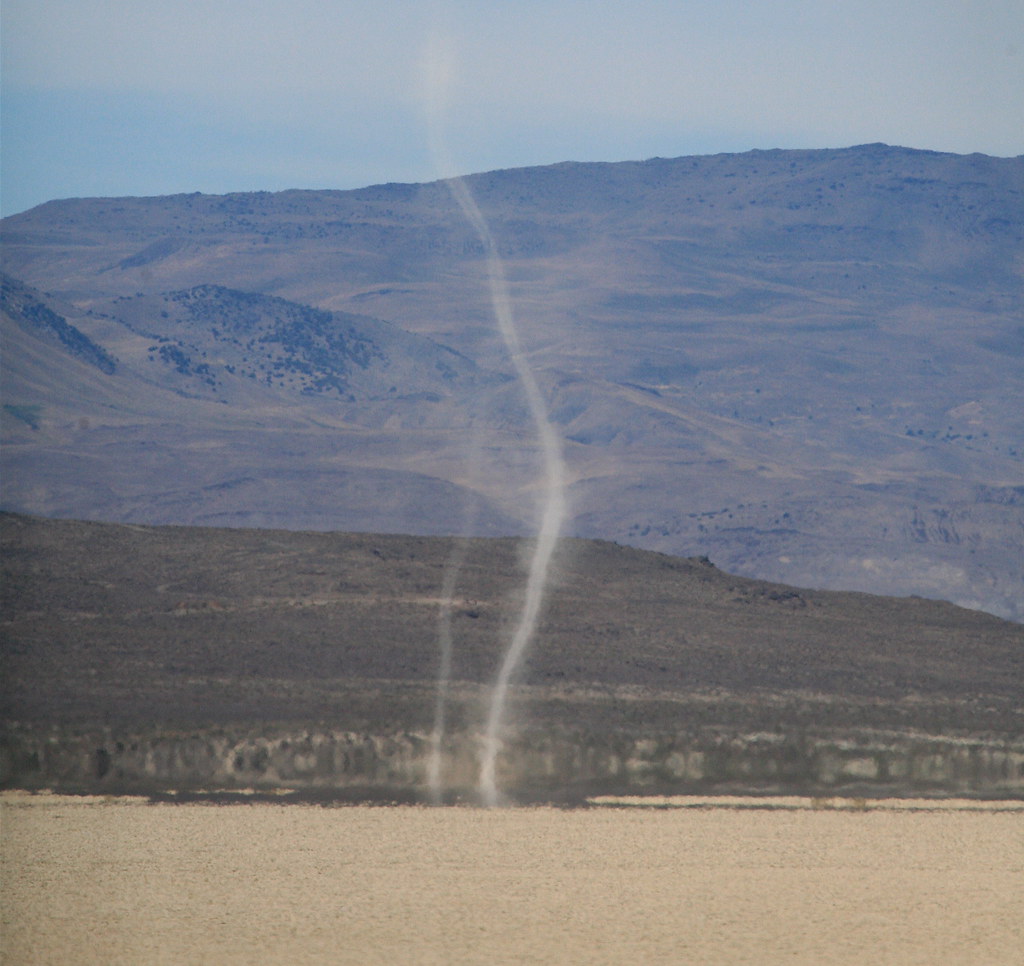
Dust Devils Dance, Black Rock Desert, Nevada: photo by Steve Jurvetson, 21 July 2007

Dust Devil! Fresno County, California. Yes, there were some bugs on the window But check out the size of the buildings beside the toad. That will give you a sense of scale. That thing was big!: photo by Endlisnis, 5 October 2004
![]()
Dust devil... A sudden dust devil (or mini tornado) developing at a hillside market, Chencha, Ethiopia: photo by Siegfried Ehrmann (documundo), 10 January 2009
![]()
Dust devil... A sudden dust devil (or mini tornado) developing at a hillside market, Chencha, Ethiopia: photo by Siegfried Ehrmann (documundo), 10 January 2009
![]()
Dust devil... A sudden dust devil (or mini tornado) developing at a hillside market, Chencha, Ethiopia: photo by Siegfried Ehrmann (documundo), 10 January 2009
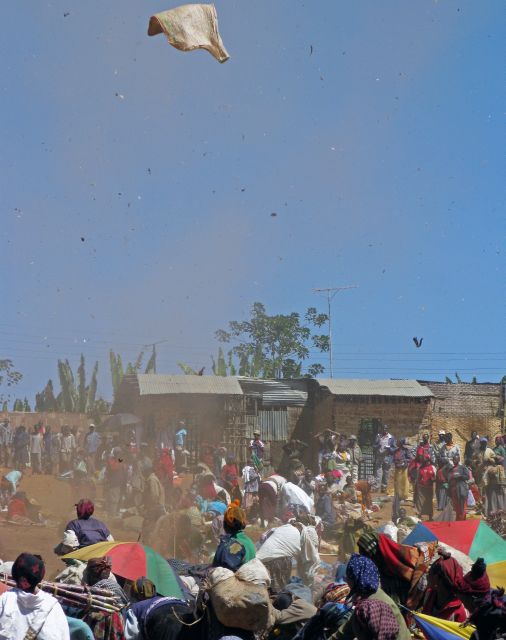
Dust devil... A sudden dust devil (or mini tornado) developing at a hillside market, Chencha, Ethiopia: photo by Siegfried Ehrmann (documundo), 10 January 2009
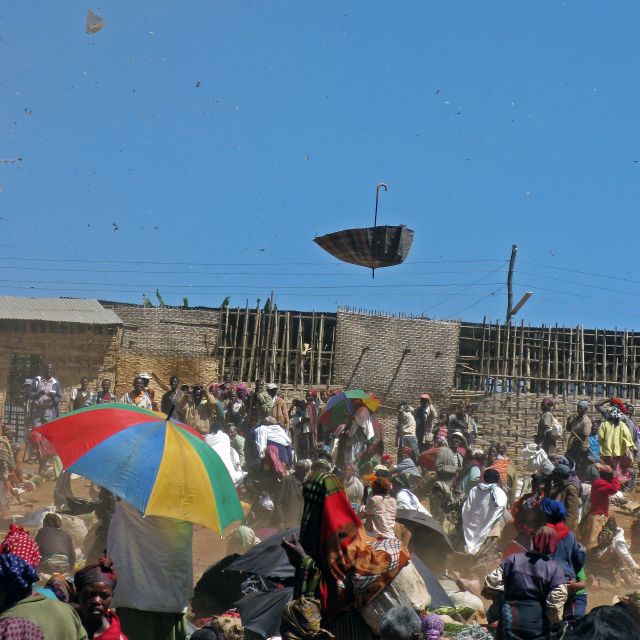
Dust devil... A sudden dust devil (or mini tornado) developing at a hillside market, Chencha, Ethiopia: photo by Siegfried Ehrmann (documundo), 10 January 2009
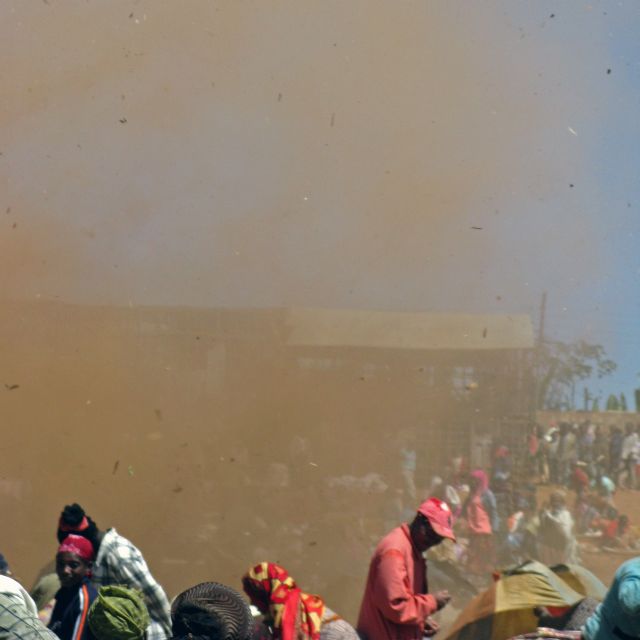
Dust devil... A sudden dust devil (or mini tornado) developing at a hillside market, Chencha, Ethiopia: photo by Siegfried Ehrmann (documundo), 10 January 2009

A towering dust devil casts a serpentine shadow over the Martian surface in this image acquired by the High Resolution Imaging Science Experiment (HiRISE) camera on NASA's Mars Reconnaissance Orbiter. The scene is a late-spring afternoon in the Amazonis Planitia region of northern Mars. The view covers an area about four-tenths of a mile (644 meters) across. North is toward the top. The length of the dusty whirlwind's shadow indicates that the dust plume reaches more than half a mile (800 meters) in height. The plume is about 30 yards or meters in diameter. A westerly breeze partway up the height of the dust devil produced a delicate arc in the plume. The image was taken during the time of Martian year when the planet is farthest from the sun. Just as on Earth, winds on Mars are powered by solar heating. Exposure to the sun's rays declines during this season, yet even now, dust devils act relentlessly to clean the surface of freshly deposited dust, a little at a time:image by NASA, 7 March 2012 (NASA/JPL/University of Arizona)
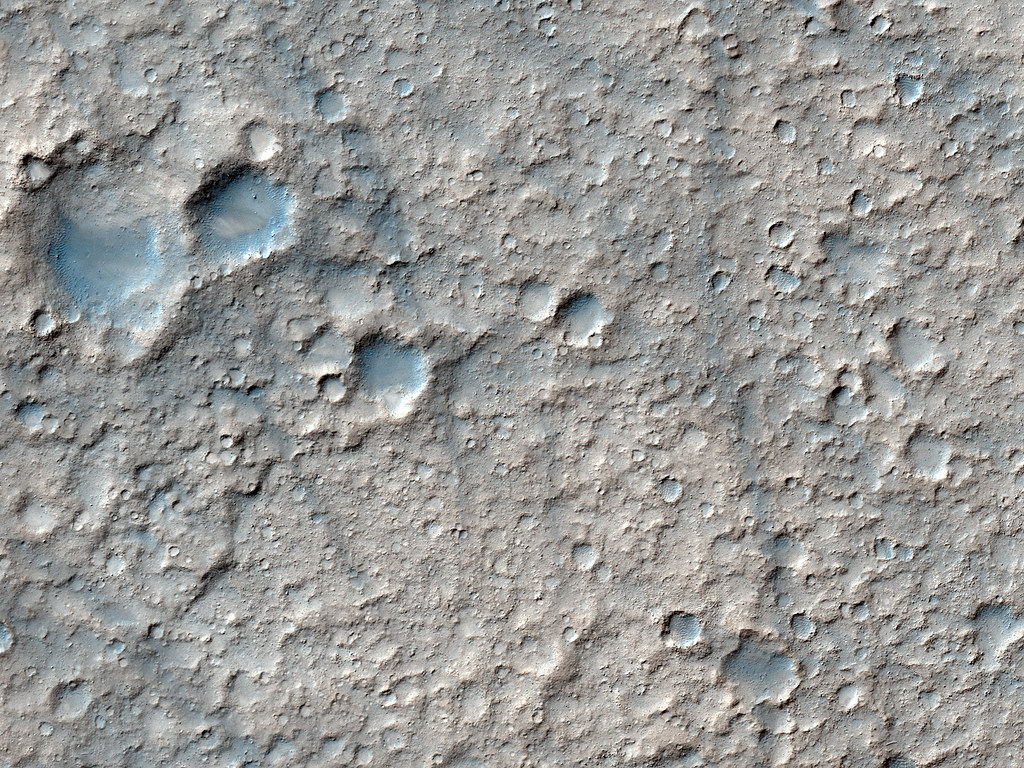
Dust Devils make their marks in Gusev Crater. Gusev Crater is decorated by tracks made by dust devils that have been observed by the Mars Exploration Rover Spirit, Mars Orbiter Camera (MOC), and HiRISE images. Dust devils are of interest because they may clean the solar panels that provide power to Spirit, and are partially responsible for dust transportation on the surface of Mars. Dust devils are actually giant convective vortices that form as a result of atmospheric vertical instability. Solar radiation warms the surface, forcing air to rise to an atmospheric convective boundary, where it then cools. The denser, cold air parcel descends and generates a circulation that creates a suction effect. As the dust devil picks up material from the bright dust-mantled surface, it exposes the darker basaltic substrate. These scribble marks will follow the prevailing winds and tend to cluster together as the lower albedo surface heats up more quickly. Scientists are trying to understand the relationship between dust devils and craters and other topographic features that generate multiple wind directions: image by leerannals, 16 September 2008 (NASA)
![File:Martian Dust Devil Trails.jpg]()
Dust devil tracks on Mars. This portion of a recent high-resolution picture from the HiRISE camera on board the Mars Reconnaissance Orbiter shows twisting dark trails criss-crossing light coloured terrain on the Martian surface. Newly formed trails like these had presented researchers with a tantalizing Martian mystery but are now known to be the work of miniature wind vortices known to occur on the red planet -- Martian dust devils. Such spinning columns of rising air heated by the warm surface are also common in dry and desert areas on planet Earth. Typically lasting only a few minutes, dust devils becoming visible as they pick up loose red-coloured dust leaving the darker and heavier sand beneath intact. On Mars, dust devils can be up to 8 kilometres high. Dust devils have been credited with unexpected cleanings of Mars rover solar panels: image by High Resolution Imagery Experiment (HiRISE), University of Arizona, 21 October 2009 (NASA/JPL/University of Arizona)

Dust devil tracks on Mars. This portion of a recent high-resolution picture from the HiRISE camera on board the Mars Reconnaissance Orbiter shows twisting dark trails criss-crossing light coloured terrain on the Martian surface. Newly formed trails like these had presented researchers with a tantalizing Martian mystery but are now known to be the work of miniature wind vortices known to occur on the red planet -- Martian dust devils. Such spinning columns of rising air heated by the warm surface are also common in dry and desert areas on planet Earth. Typically lasting only a few minutes, dust devils becoming visible as they pick up loose red-coloured dust leaving the darker and heavier sand beneath intact. On Mars, dust devils can be up to 8 kilometres high. Dust devils have been credited with unexpected cleanings of Mars rover solar panels: image by High Resolution Imagery Experiment (HiRISE), University of Arizona, 21 October 2009 (NASA/JPL/University of Arizona)